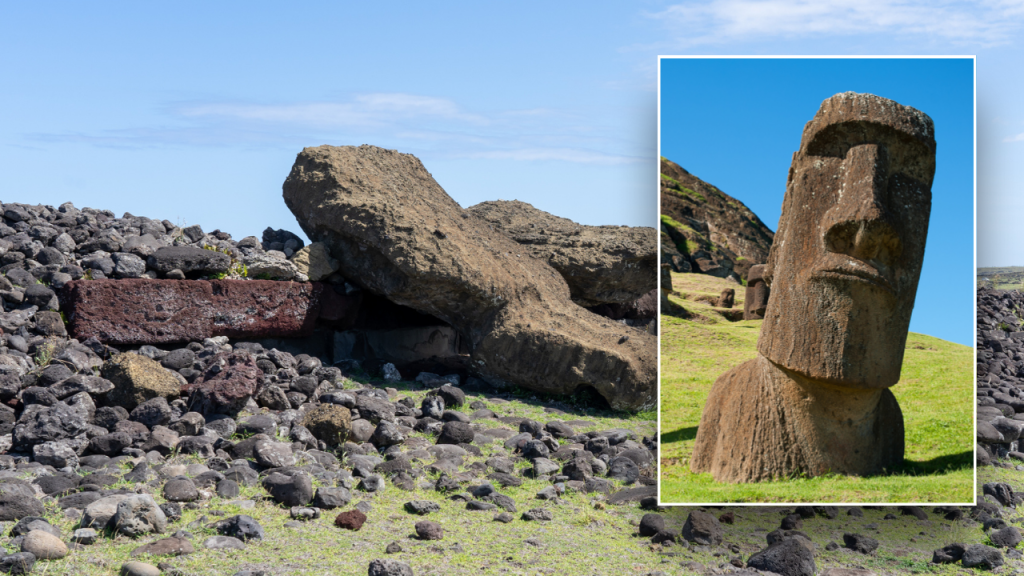A recently-published study challenges the popular myth that Easter Islanders’ ancient rock gardening practices caused their own downfall. The journal article, titled “Island-wide characterization of agricultural production challenges the demographic collapse hypothesis for Rapa Nui,” explains that Rapa Nui, also known as Easter Island, is often used as an example of how overexploitation of limited resources resulted in a catastrophic population collapse. Farmers on the island practiced “slash and burn” agriculture by tearing down palm trees and setting them on fire, followed by rock gardening to enrich their soil.
Contrary to the belief that rock gardening was detrimental to the soil, the study suggests that the practice actually enhanced plant productivity by increasing available soil nutrients and maintaining soil moisture. Rock gardening was a vital part of pre-contact Rapanui subsistence, with nearly half of the Rapanui diet consisting of terrestrial foods. Measuring the extent of rock gardens is crucial for understanding the island’s pre-contact environmental carrying capacity.
Researchers used shortwave infrared (SWIR) satellite imagery and machine learning to determine that Easter Island’s population was likely smaller than previously claimed. The study challenges the myth that the island’s 1722 population was substantially smaller than it was hundreds of years earlier. The study estimates that the maximum population supported by rock gardening was just 3901, as opposed to the 17,000 claimed by previous calculations.
Despite research suggesting otherwise, the authors acknowledge that the myth still remains popular outside of academia. The popular notion that Rapanui society caused its own demise from unsustainable resource use and uncontrolled population increases has been widely perpetuated. While many researchers have shifted their narratives away from the assumptions of a pre-European collapse, the story remains prominent in disciplines such as ecology, paleoecology, and mathematics.
The study highlights the vital role of rock gardening in pre-contact Rapanui subsistence, emphasizing the benefits it provided for increasing soil productivity and plant growth. The authors argue that understanding the extent of rock gardens on the island is essential for comprehending its pre-contact environmental carrying capacity. Despite the prevailing myth that rock gardening led to the collapse of Rapanui society, the study challenges this narrative and suggests a different perspective on the island’s history.
Ultimately, the study challenges the popular belief that Easter Islanders’ ancient rock gardening practices caused their own downfall. By utilizing SWIR satellite imagery and machine learning, the authors provide new estimates for the maximum population supported by rock gardening on Easter Island. While the myth of a pre-European collapse continues to persist, the study sheds new light on the island’s history and challenges existing assumptions about the causes of its population decline.













